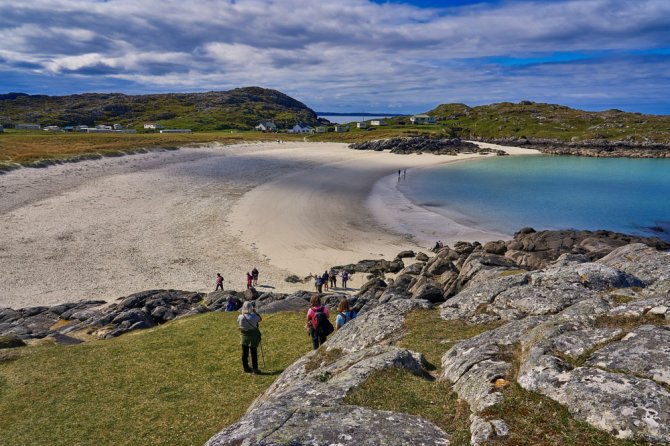
News
How to capture the aesthetic quality of landscapes
Capturing the aesthetic quality of landscapes through people’s own experiences has long been an objective of policy-makers and scientific researchers. A recent study, conducted by Ilan Havinga and colleagues at Wageningen University & Research, in collaboration with EPFL Switzerland and Statistics Netherlands, has developed new techniques to measure people’s scenic enjoyment for national accounting purposes.
Enjoying the beauty of nature is closely linked to recreation and well-being, including mental and physical health. In this way the ecosystems that shape the landscape make significant cultural contributions to society. Measuring these contributions is a core objective of natural capital accounting, which seeks to integrate the value generated by natural ecosystems in national economic statistics. For example, to support sustainable policy goals.
Flickr images and deep learning
The new study used images from social media as a rich new source of information, in combination with deep learning. This is a type of artificial intelligence (AI) which uses artificial neural networks made up of many computational nodes to understand the content of images.
The research team applied a deep learning model to over 9 million publicly-available images on the social media platform Flickr. They successfully modelled people’s enjoyment of the landscape for the whole of Great Britain, accurately capturing key areas of scenic beauty including Snowdonia National Park in Wales, the Lake District in England and the Scottish Highlands.
The model was trained using a crowdsourced database of aesthetic preferences. This enabled it to predict the aesthetic quality of the landscape in outdoor imagery, as a direct representation of people’s aesthetic enjoyment.
Large-scale modelling
Modelling aesthetic enjoyment of the landscape at a large-scale is a challenging exercise. The everyday experiences of people during recreational activities are subjective, and for that reason difficult to quantify. Existing survey methods can capture some perceptions, but are expensive to carry out at a national scale. Also, traditional types of modelling often leave out the individual experience. The new research aimed to overcome these shortcomings.
Ilan Havinga, PhD candidate at Wageningen University & Research: “Measuring the aesthetic contributions of landscapes to individuals’ well-being at large scales is a difficult task. This research provides a technological foundation to model people’s aesthetic enjoyment of the landscape, while incorporating the most important element: the people themselves.”
Next steps
The study was developed by researchers at Wageningen University & Research in collaboration with EPFL and Statistics Netherlands. Wageningen University & Research is involved in the development of natural capital accounting in Europe, through the Mapping and Assessment for Integrated ecosystem Accounting (MAIA) project, which partly funded the research.
The research team is currently looking to apply the new model in the Netherlands, Spain and other European countries, to further assist in the development of natural capital accounting in Europe.
